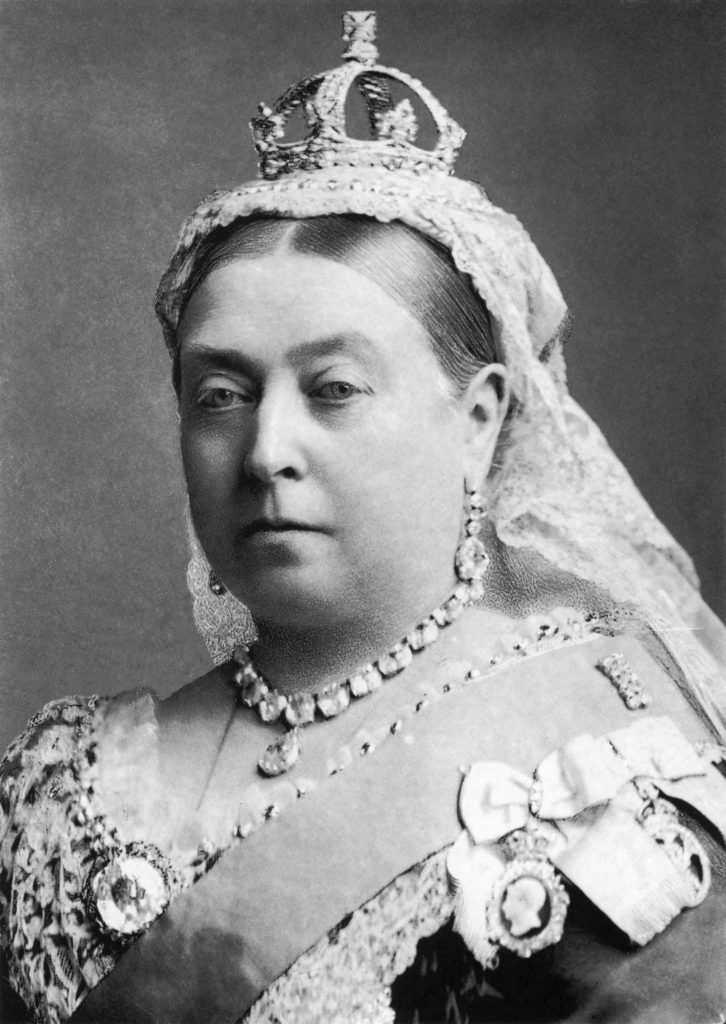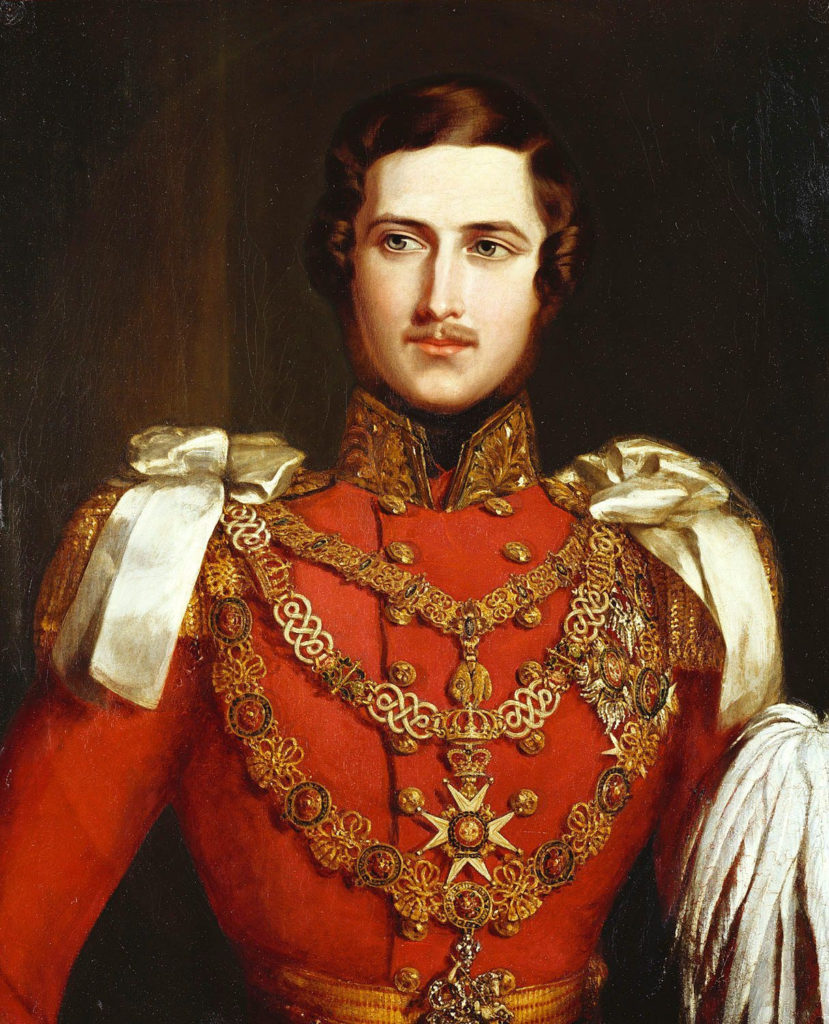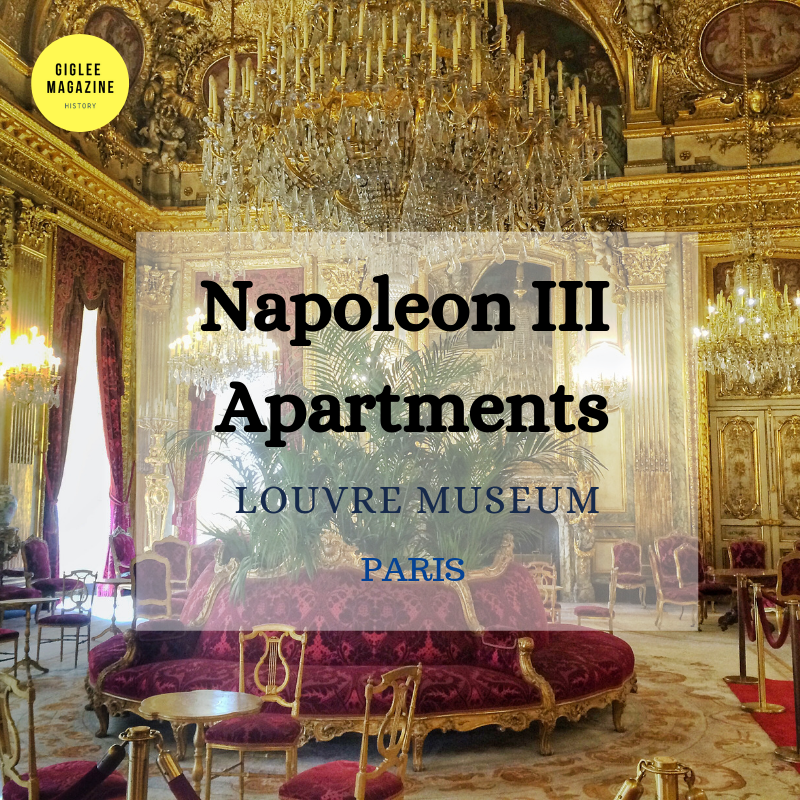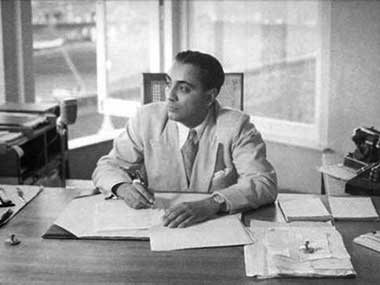
Queen Victoria: A Feminist Icon
Queen Victoria: A Feminist Icon
The Queen who reigned over Great Britain for over 6 decades in the 1800s had a very different view of gender equality
Imagine living in a lavishly decorated mansion. Enough rooms to house a mini army.
Despite all this, imagine sharing a room with your mother, having to hold your governesses hand while climbing down the stairs even when you are as old as 17. Never being left alone, playing with the plethora of dolls you own but never having any real friends your own age except maybe your German governess to keep you company.
This was how Queen Victoria grew up.
Her frustration is very evident in the famous anecdote about when she became the Queen.
Two men from St James Palace arrived at the 18 year old Princess’ home at Kensington Palace bearing the news of her uncle’s death. Victoria was asleep.
She was woken up at 6am and informed that she was no longer a Princess but Queen.
Her first order as the Sovereign was simple. She asked her servants to remove her bed out of her mother’s room into her own.
This gilded cage in which Victoria grew up is famously called the ‘Kensington System’ after the Palace which acted as Victoria’s cage in her youth.
It must have been a daunting experience to be aloof from the world outside the Palace walls and then suddenly being cast into the limelight amidst the citizens and the shrewd MPs that ruled her government.
She was, as most MPs prejudiced a very naive young girl easy to manipulate. But Victoria proved far from what they had imagined her to be.
That same morning when she’d been informed of her new position, Victoria was to give a speech in front of her ministers.
The wolves were patiently waiting for the new Queen to make a mockery of herself.
When she entered, dressed in black and sat of her chair, Victoria’s legs didn’t reach the floor. The dangled over. This was enough to make the Ministers snicker. Not only was she a novice but stood at a mere 5 feet!
When most of us imagine Queen Victoria, we see a grim looking old woman with a wide waist and an air of disapproval.
https://instagram.com/p/BgNqWJSg4zN/
It was after 2006 when Emily Blunt stared as Queen Victoria in Young Victoria that we got to see a missing part of this famous monarch. The latest portrayal by Jenna Coleman in the British ITV series Victoria is also a fresh perspective.
However these series don’t really give a very clear view of Victoria as a female monarch.
A normal assumption would be to say that she was a symbol of women’s power but was she?
“I am most anxious to enlist everyone who can speak or write to join in checking this mad, wicked folly of ‘Women’s Rights,’ with all its attendant horrors… Were women to “unsex” themselves by claiming equality with men, they would become the most hateful, heathen, and disgusting of beings and would surely perish without male protection.” –Queen Victoria in an 1870 letter to Sir Theodore Martin, in reaction to the news “that Viscountess Amberley had become president of the Bristol and West of England Women’s Suffrage Society and had addressed a…public meeting on the subject.”
It is common knowledge that Victoria was against Suffragists (since Suffragettes was coined in 1903).
Suffragists were women who campaigned for Women’s rights to vote but in a peaceful manner with petitions. The suffragettes however went with ‘Deeds Not Words’ and were extremists.
The fight for women’s voting rights had begun during the reign of Queen Victoria but the suffragists don’t succeed.
The 1800s was a century named after the Queen herself referred to as the Victorian era. Despite being ruled over by a Queen, the society in Britain was strange and very orthodox.
A woman had certain ways in which to behave and so did a man. But as chauvinist as society generally is, the Victorian rules were just so.
A woman from a decent home was the most burdened. Orthodox rules governed her every breath and even thoughts!
All of this sounds rather confusing, doesn’t it? What are the odds that the women in society be so repressed whilst being ruled over by a Queen?
————————————
If you liked Queen Victoria: A Feminist Icon
Check out the story of this Indian feminist Queen Razia Sultan
———————————–
To answer this rather queer situation, there are a few things that first require to be clarified.
The word feminist that we inevitably attach to suffragists did not exist back then. The first use of feminist or feministe can be traced to 1890s, the last decade of Queen Victoria’s reign.
So what would someone who was pro women’s rights be called in Victorian society?
There wasn’t any word at all because there wasn’t any need for it.
The Victorian society had an ideal personal that fit men and women in their own roles. These two genders were two different spheres which weren’t meant to intertwine at all. Women had their own place and so did men.
Women were thought to be delicate, naive creatures with little to no brain power and someone without any thoughts of her own. What women believed in was what her husband or father thought too. A women wasn’t meant to have independent thoughts in the Victorian society.
The men of the other hand had a free rein. They could find jobs, have thoughts and voice them, get an education. However when amongst young ladies, they were to behave in a chivalrous manner.
This perfect balance conjured up by the Victorian society felt a ginormous tremor when some women got it into their ‘fancy’ to demand for a right to vote.
The Queen was not amused. After all she believed that a woman’s voice was the same as her guardian whether that be her father or husband.
————————————
If you liked Queen Victoria: A Feminist Icon
Here’s some more information on suffragettes
————————————
Some anti-suffragist campaigns even compared the size of a woman’s brain with that of her counterpart. (little did they know that Albert Einstein’s brain also weighed much lesser than the average adult humans’)
It might be a little narrow minded of us to call the women’s sphere limiting because according to Victoria and her people, a woman was never meant to dabble into the male sphere at all.
Victoria herself blatantly said that she was lucky to have a ‘man’s brain.’ Thanks to this fortunate reason she was able to run her country soundly.
Her somewhat skewed view of the female strength is made clear with the growing hesitation in her subjects’ minds.
“I am most anxious to enlist everyone who can speak or write to join in checking this mad, wicked folly of ‘Women’s Rights,’ with all its attendant horrors… Click To TweetA historian has suggested that Prince Albert, Queen Victoria’s husband, wasn’t much adored by the public during his time because of the influence he had. It is said that the Red Box that the monarch receives each morning containing papers of national importance were read by him as well.
The entire stash of papers would be divided between the two of them. Since he was more open to new ideas in the fields of mathematics, science and technology, he would dabble into the latest byproducts of the Industrial revolution.
Some historians also argue that in a marriage that lasted 20 years, Victoria and Albert had nine children. This meant that the Queen was indisposed for a good part of those 20 years. Don’t get me wrong, Victoria wasn’t particularly fond of children, including her own. She said about children-
“I don’t dislike babies, though I think very young ones rather disgusting.”
Her journal entry on the day her daughter was born, 1st December 1840, read thus-
“After a good many hours suffering, a perfect little child was born…but alas! A girl & not a boy, as we both had so hoped & wished for.”
In her 82 years of life, women did not win the right to franchise. On the contrary, the petitions repeatedly failed to pass in the parliament.
The irony was in the fact that Victoria’s own daughters were not as averse to women’s rights as their mother. One of the Queen’s many godchildren, Princess Sophia Duleep Singh was herself a suffragette.
The granddaughter of India’s Ranaranjit Singh, she was raised in Britain. Princess Sophia succeeded Emmeline Pankhurst, the chief suffragette after her demise in 1918 as the leader of the Womens’ Social & Political Union (WSPU).
As the century turned, as if on cue, Victoria breathed her last on 22nd January 1901. She had indeed lived a long life and seen so much of this world.
Maybe it was time for another era where women shone brighter than ever before.
As for Victoria, at long last she would be reunited again with her beloved Albert.
“It was with some emotion…that I looked at Albert—who is beautiful.”
Thinking about it, in today’s 21st century, I do not believe Queen Victoria would be branded as a feminist. It is wise to mention however that her narrow minded view about the ideal woman was very much influenced by the society around her.
It is also true that she was a bit averse to change whether that be the steam engines or women’s rights.
What do you think?
Do you know of any quotes by Queen Victoria which are pro-women? If so comment them below and I would love to read about them. I wasn’t able to find any online.
Did you enjoy reading ‘Queen Victoria: A Feminist Icon’
Share it with your friends on social media too!
Do you think Queen Victoria is a Feminist Icon? Here are a few facts and a theory http://giglee.in/queen-victoria-feminist-icon/ #womeninhistory #influentialwoman Click To Tweet














